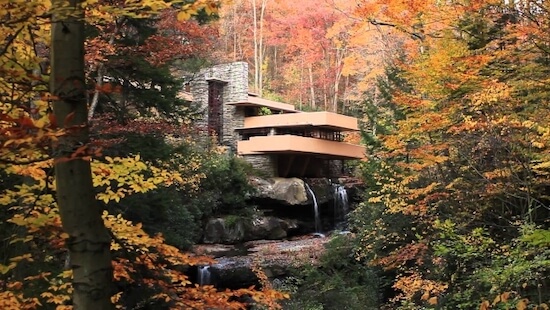
Over the years I have learned much about myself and what I need to be at my best. One of those things is a quiet home, both in terms of sound and also visually. When I have that, I am at peace and all flows from that.
Since moving into a new house five months ago, one step at a time has been taken to make it as it needs to be, though that has also meant the place is often cluttered as movement is made through various processes, most recently having carpets fitted this week (after completing most of the painting beforehand etc). I have found this difficult, for sure.
However, today I sit writing in my Study, one that was gruesomely cluttered, painted and fitted out when I moved in, but now feel almost complete, with crisply painted walls, new carpets, a new desk, bookcase and chair, and now new carpets. I already feel that it has become a place I can sit, think, and be, a place of quiet, though there remain a few more steps to make it quite as quiet as I wish for.
My goal is to “hush” this room (and ultimately the whole house), to have the visual appearance of the house feel quiet. For me, this includes maintaining space rather than filling it, of not leaving things out where one can see them, but instead putting them in their place so when one looks on a surface, table, or even the floor inside the front door, nothing is out of place, nothing creates that “loud” feeling for me. A recent article in The Guardian spoke to me, “The rise of ‘house hushing’: is it the key to a tranquil life?“, including this line:
“Fewer possessions, carefully and deliberately selected, can transform cacophony into pure harmony.”
This goes further (for me) than objects that I can see in a room, it also means that I know exactly what is hidden, what is in drawers, chests, bookcases etc. For my study, the next phase is to paint my recycled bookcase in exactly the right colour to bring harmony to the room, then to sort through everything from my old study and keep only those things that fit the aesthetic I am seeking.
A wonderful Japanese concept is “Shibui“. As often is the case, it is untranslatable, but broadly can be described as a space with objects that have an “enriched, subdued appearance or experience of intrinsically fine quality with economy of form, line, and effort, producing a timeless tranquillity“. The seven elements that mean something can be described as “Shibui” both individually and collectively are:
- Simplicity
- Implicity
- Modesty
- Naturalness
- Everydayness
- Imperfection
- Silence
Sounds perfect to me, and only made more so when I read that Frank Lloyd Wright was greatly influenced by his visits to Japan and Japanese approaches to aesthetics and design, including Shibui. He is absolutely my favourite architect (with Charles Rennie Macintosh a close second), and, having visited houses and other buildings that they designed, they always bring me a sense of quiet, peace, and indescribable calm pleasure.
The picture above is of Wright’s masterpiece, Falling Water, one that embodies all seven of the Shibui principles. I will visit it one day.
